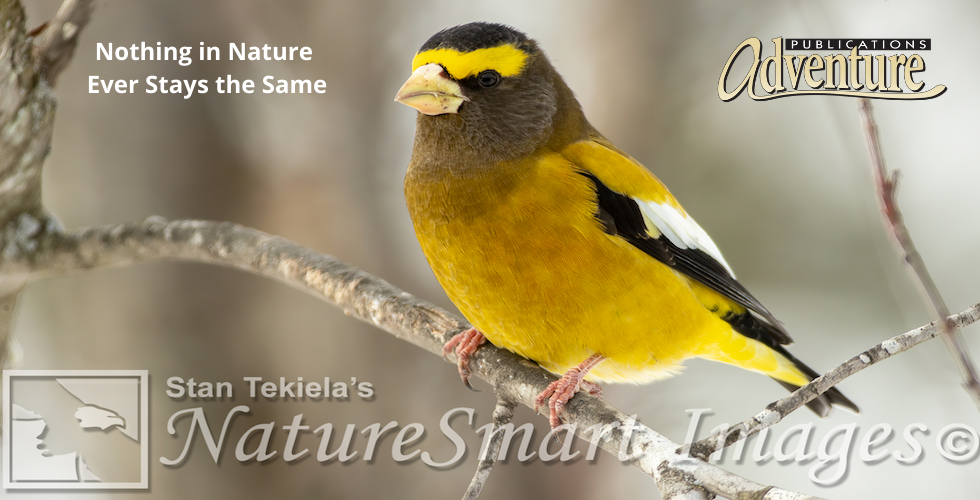
Nothing in Nature Ever Stays the Same
Nothing in nature ever stays the same. It is a mantra that I find myself telling people more and more. We expect nature to always be the same. And worse yet, we tend to look back at the “good old days” and remember how great things were and lament how things are now. This is an innate human behavior that manifests itself in unrealistic expectations of past wildlife populations. We seem to expect peak wildlife numbers all the time with none of the downswings.
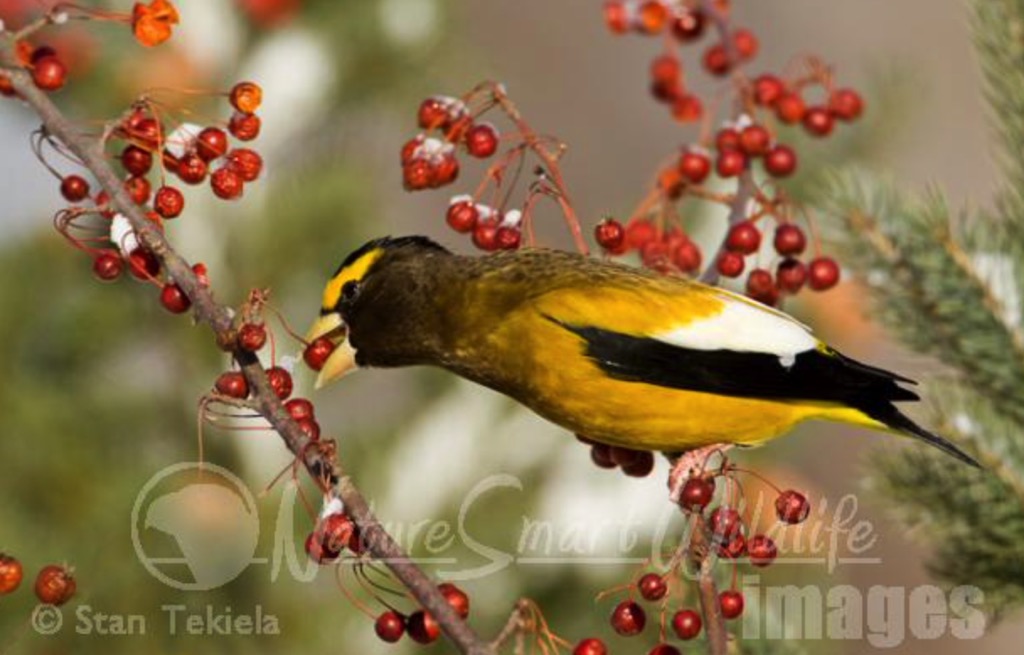
It is important to understand that nature is dynamic and in a constant state of flux. It’s how nature works. Think of it as the ebb and flow of life. As one part of nature contracts or reduces, there is always something else that is expanding and increasing. Take this winter’s increase in Snowy Owls in some of our northern states. In recent years we have learned that Snowy Owls irrupt after there has been an abundance of food in the last winter, causing female Snowy Owls to produce more owlets in the spring. Consequently, the following winter, many young Snowy Owls irrupt out of their home range and into areas they are not normally found, as we’ve witnessed this winter.
On the other hand, there are some species that have increased or decreased without such a clear reason. The Red-bellied Woodpecker is a good example of a species that has really expanded. Thirty years ago, this bird was not very common. Now it inhabits most backyards, parks, and any woodland throughout the eastern half of America. The reason for such a big increase in population is hard to identify.
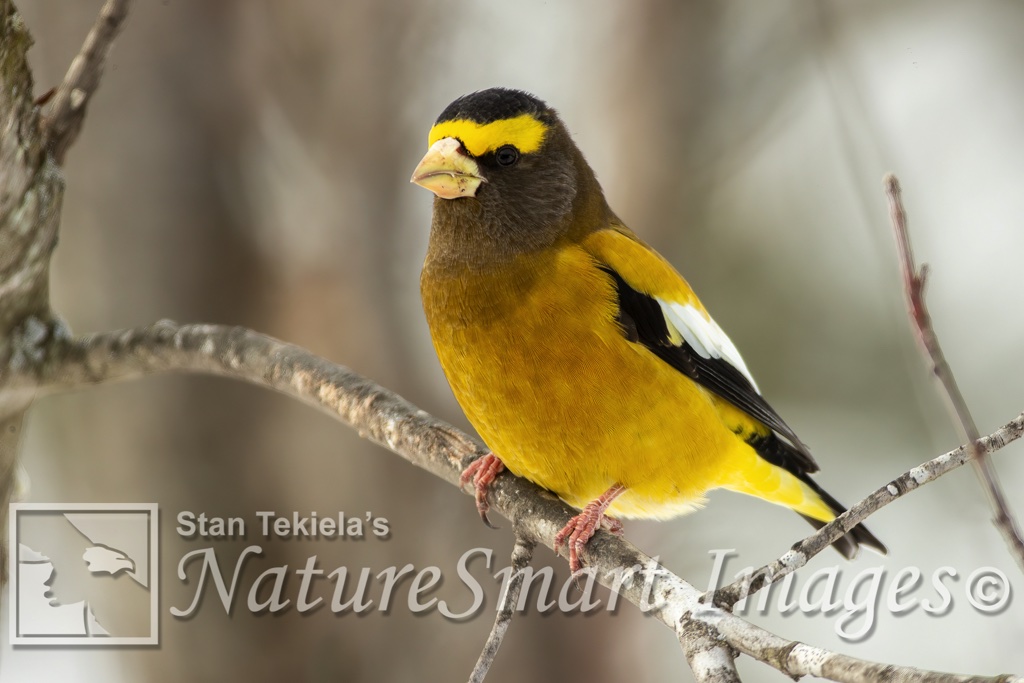
On the other side of the coin, the Red-headed Woodpecker (a very similar species as the Red-bellied Woodpecker) has declined dramatically in all regions. In fact, in many parts of the country the red-head has completely disappeared—a term called extirpated. Areas where I used to see and photograph Red-headed Woodpeckers haven’t had a single woodpecker in many years. Again, the cause isn’t clear. You might be tempted to say it’s a loss of habitat, but how does that explain the ever-increasing Red-bellied Woodpecker, which is similar in size, shape, and habitat requirements and is doing great?
The reasons for a species’ sudden decrease or increase in population are not simple. I don’t believe you can point to just one factor for the decline of a given species. We people are always looking for something or someone to blame. We want to point our fingers and proclaim a villain. Rarely in nature does anything happen due to just ONE reason. Usually, it’s a combination of factors; when an unseen threshold is reached, the trigger is tripped and the population falls.
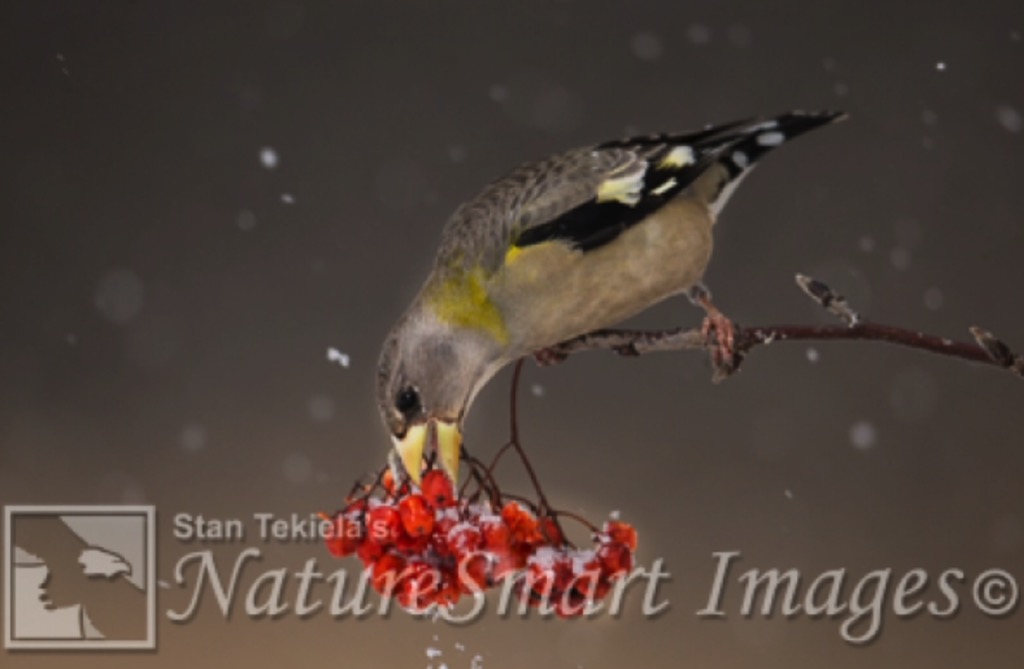
One species of bird that has a well-documented decline over the past 50-plus years is the Evening Grosbeak (Coccothraustes vespertinus). This bird used to be a common wintertime visitor to feeders throughout much of America each winter. Now feeders that used to host hundreds of these birds may only see a handful every 10 years or so. The decline of this bird has been well documented in the National Audubon Society’s 121-year-old Christmas Bird Count (CBC) tabulations.
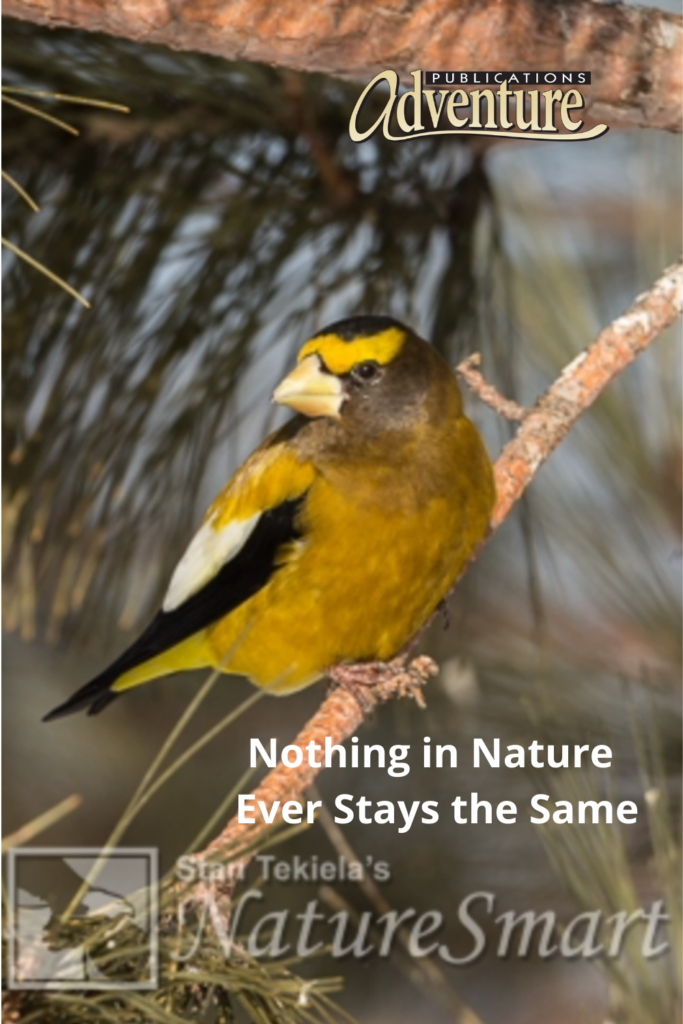
The Evening Grosbeak nests in remote regions of central Canada and a handful of northern states but irrupts out of these regions in winter. Since much of the breeding range of the Evening Grosbeak is inaccessible, winter surveys like the CBC provide the best indicator of the health of the species. Evening Grosbeak numbers were stable or increased until 1970 when their numbers began to drop significantly. The decline of Evening Grosbeak between 1970 and 2010 was sharp, which indicates that there is less than 1 chance in 1,000 that the decline in Evening Grosbeak numbers was due to random fluctuations in abundance. The Evening Grosbeak has the honor of being the species with the steepest population decline (over 90% since the 1970s) of all land birds in the US and Canada.
The cause of the decline in Evening Grosbeak numbers is unknown, but there are several possibilities. The most obvious is that the habitat of evergreen forests that Evening Grosbeaks require is being clear-cut and logged. The declines might also be related to food availability. Hardwood tree seeds, a favorite natural source of food for Evening Grosbeaks, may be less common due to broad-scale changes in forestry practices in Canada. The widespread use of pesticides to kill insects may also be contributing to their decline because Evening Grosbeaks feed their young a diet of insects. It’s most likely a combination of factors that is leading to their remarkable decline and push towards extinction.
I was thrilled to recently have a chance to capture a few images of this disappearing bird. Who knows, this bird might even go extinct in the not-so-distant future.
If you enjoyed Stan’s post, you may enjoy one of his amazing nature books: Wild Birds, Backyard Birds: Welcomed Guests at our Gardens and Feeders, and Bald Eagles: The Ultimate Raptors.
You can follow Stan on Facebook and Twitter, or contact him via his web page. Stan’s nationally syndicated NatureSmart column appears in more than 25 cities spanning 5 states (Minnesota, Wisconsin, Michigan, Illinois, and Pennsylvania) and is circulated to more than 750,000 readers.
For more stories about wildlife and nature, sign up for our newsletter now!


